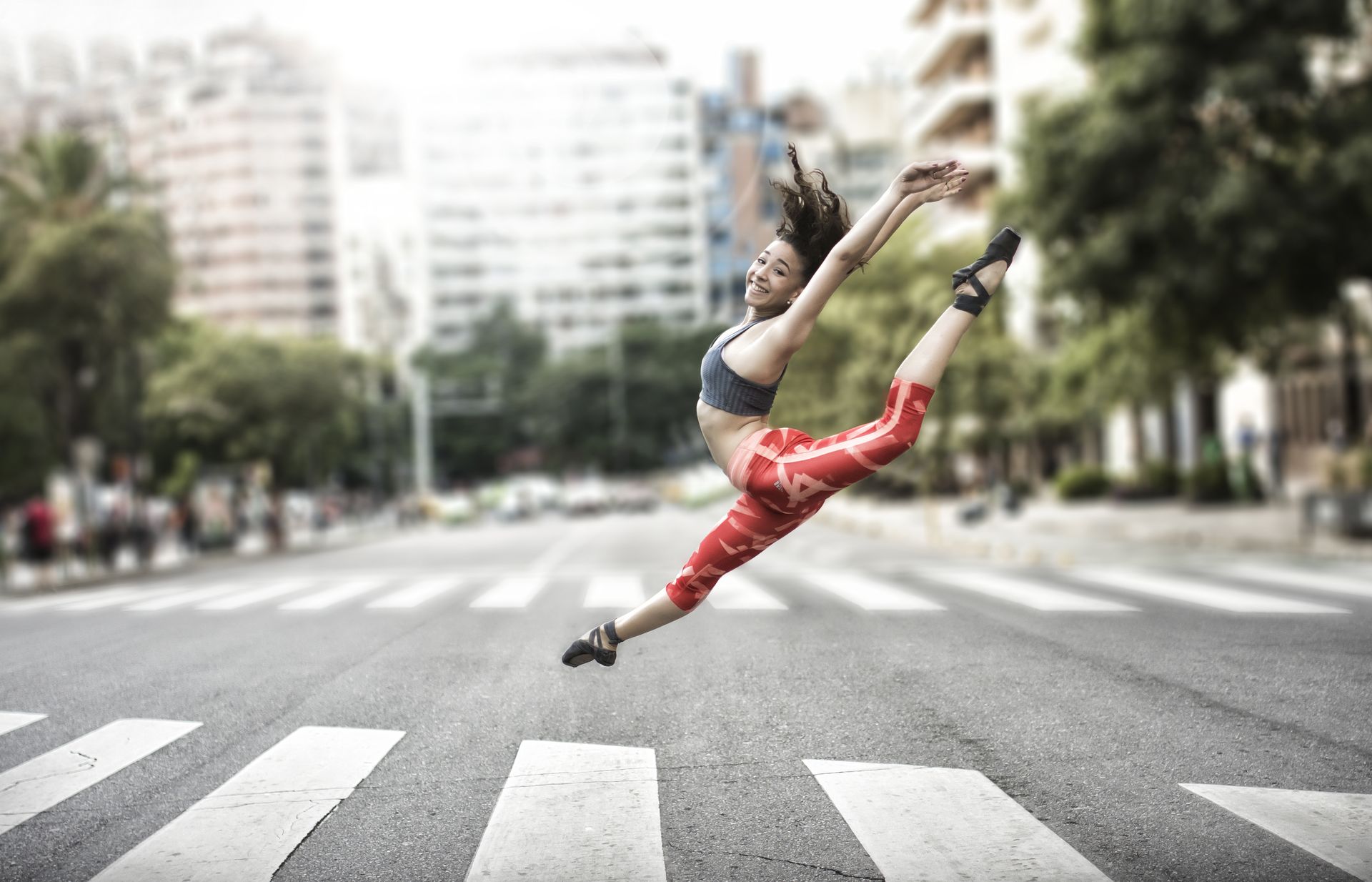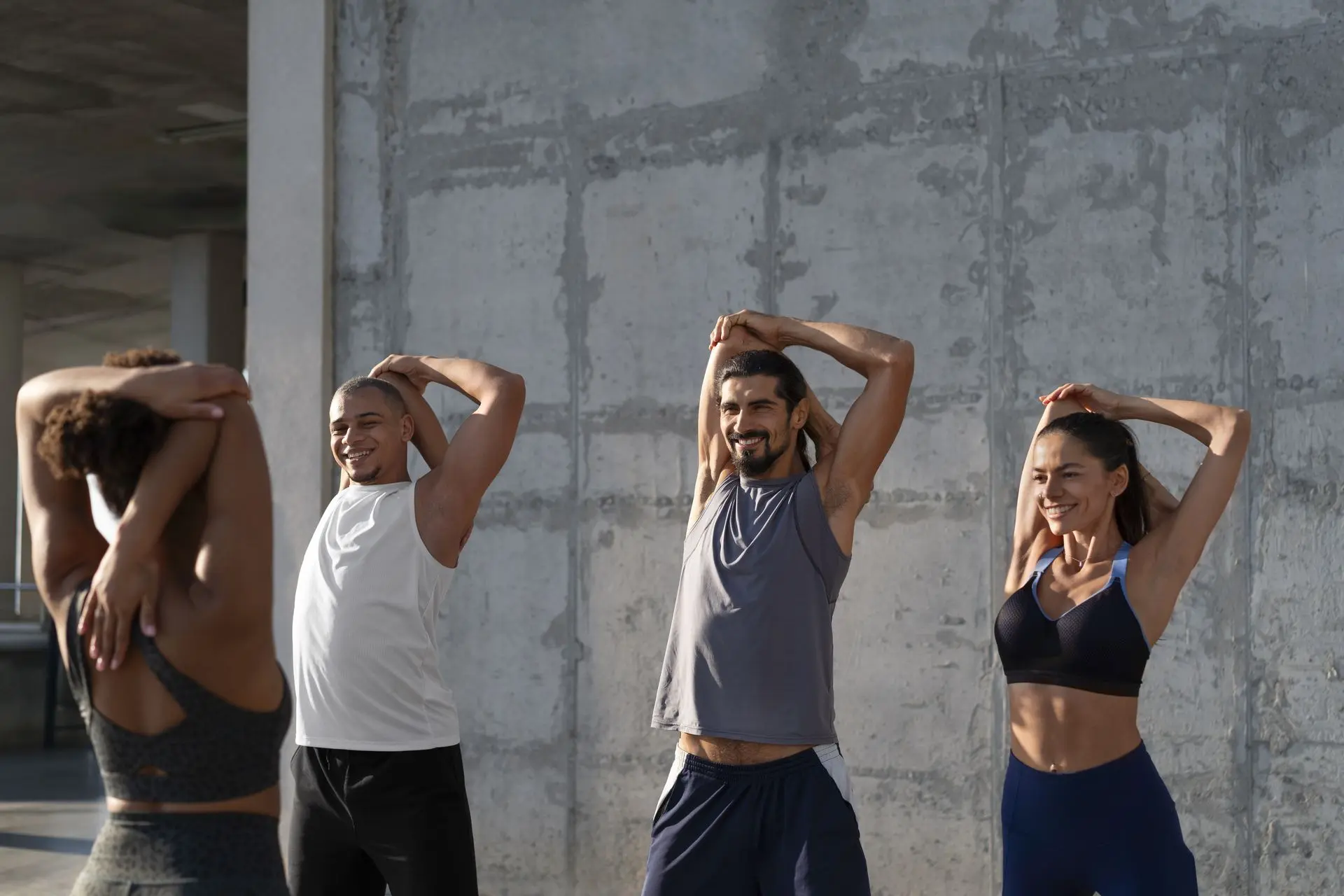"Motion is life. To a person who has health and strength, motion means everything. The osteopath must remember that the soul of man, with all the streams of pure living water, seems to dwell in the fascia of his body.”
— Dr. Andrew Taylor Still, Founder of Osteopathy

We were born to move. Whether through dance, sport, or daily rituals, movement is our most ancient form of medicine. It oxygenates our blood, stimulates our immune system, and clears our thoughts. But beyond its visible benefits, movement—especially through sports—unleashes powerful biochemical messages from our muscles to our brains. These messages are known as “hope molecules”, and they might just be one of the most essential discoveries in modern health science.
🧬 What Are "Hope Molecules"?
Informally dubbed hope molecules, these are myokines—proteins and peptides released from muscles during exercise. Myokines are the body's natural messengers that travel through the bloodstream to the brain, activating processes that reduce stress, anxiety, and depression while enhancing emotional resilience and cognitive performance (Hillman et al., 2008).
One of the most significant myokines is brain-derived neurotrophic factor (BDNF), often referred to as "fertilizer for the brain." BDNF helps generate new neurons, improves mood regulation, and supports the brain's plasticity—its ability to adapt and grow. It’s as though your muscles have a voice, and every time you move, they whisper messages of healing to your brain.
🏋️♀️ Leg Strength: The Silent Predictor of Longevity and Brain Health
If movement is medicine, then the legs are its most potent dispensary. Emerging research has consistently shown that leg strength is not just about mobility—it’s a reliable predictor of overall health and cognitive longevity.
In a landmark 10-year study of older female twins, researchers found that greater leg power was strongly associated with better cognitive performance and greater brain volume later in life (Steves et al., 2016). Even among genetically identical twins, the sibling with stronger legs had smaller lateral ventricles, suggesting less brain atrophy.
Similarly, the Health, Aging and Body Composition Study followed over 3,000 older adults for 16 years and found that those with stronger legs had a lower risk of disability and early death—even more than those with greater overall muscle mass (Moghim, n.d.).
These findings highlight something often overlooked in modern fitness: the legs are the pillars of our vitality. Strengthening them isn’t just a physical act—it’s a neurological investment.
💪 Movement as Mental and Emotional Medicine
Movement stimulates neurotransmitters like serotonin, dopamine, and endorphins—the “feel-good” chemicals that lift our mood, sharpen our focus, and anchor us in the present moment. These biochemical shifts, driven by exercise-induced myokines, act as a natural antidepressant, helping to reduce symptoms of anxiety, PTSD, and even trauma-based disorders (Hillman et al., 2008).
But beyond chemistry, there’s something more primal: discipline. Engaging in sports and physical challenges helps us face the limitations we impose on ourselves—what some call the “drunk monkey mind”—that voice of self-sabotage seeking comfort over progress. By stepping out of our comfort zones, we build resilience, both physical and emotional.
Mobility: The Forgotten Ingredient in Performance and Health
Mobility—the ability to move freely and efficiently through space—is often misunderstood or neglected in athletic training. It’s not just about stretching; it’s about training the body to move intelligently, with strength, balance, and coordination.
Research shows that mobility training methods such as yoga, Pilates, dynamic stretching, and dance are essential for developing neuromuscular control, preventing injury, and enhancing performance (Skopal et al., 2024). Unlike passive flexibility, mobility is active, dynamic, and functionally integrated into our daily and athletic movement.
And here's the truth: you can’t perform at your best if you can’t move well. Whether you're doing CrossFit, tennis, or hiking, your capacity to move with fluidity and control affects everything from speed to strength, and even how your brain processes your body's position in space.
🧠 Sport as a Spiritual and Social Practice
Movement is not just a solitary act; it's community. Practices like CrossFit exemplify how sport can create bonds, inspire discipline, and offer a supportive network that fuels consistency and growth. From improving cardiovascular health and body composition to enhancing mental resilience and emotional well-being, CrossFit’s integration of functional movements, metabolic conditioning, and social support makes it a transformative practice (Suchomel et al., 2018).

The key isn’t which sport you choose. It’s that you move, that you engage, and that you stay consistent. Walking, dancing, cycling, or training with others—these are all acts of devotion to the body and mind.
Movement is not just a solitary act; it is a community. Practices like CrossFit exemplify how sport can create bonds, inspire discipline, and offer a supportive network that fuels consistency and growth. From improving cardiovascular health and body composition to enhancing mental resilience and emotional well-being, CrossFit’s integration of functional movements, metabolic conditioning, and social support makes it a transformative practice (Suchomel et al., 2018).
🌱 You Are a Living Ecosystem: Movement Keeps It Alive
We often forget that we are made not only of cells, but also of bacteria, water, and microscopic organisms that rely on movement to function. Our microbial flora, which helps regulate immunity, digestion, and skin health, thrives when we move (Davis, 1996). Without movement, circulation stagnates, and the entire system begins to decay.
In that sense, stagnation is a slow form of dis-ease. Our internal ecology demands circulation, breath, and rhythm. Movement is what harmonizes the body’s many systems—metabolic, emotional, neurological—and ensures they remain responsive, resilient, and adaptive.
🌟 Final Words from the Body
The body is the smartest machine ever designed. It only asks for simple things: good food, deep rest, clean water, and meaningful movement. When these are in balance, it serves us gracefully, efficiently, and for many years. Neglect them, and the price is not just physical—it’s emotional, spiritual, and cognitive.
At Healine, we believe in movement as medicine, in sport as ritual, and in strength as inner power. Whether you're strengthening your legs, stretching your fascia, or sweating through a WOD (workout of the day) with friends, know this: every movement sends a message of hope through your body.
Keep moving—your mind, your mood, and your future self depend on it.
📚 References
Brooks, J., & Cressey, E. (2013). The importance of mobility in athletic performance.
Davis, C. P. (1996). Normal flora. In S. Baron (Ed.), Medical microbiology (4th ed.). University of Texas Medical Branch at Galveston. https://www.ncbi.nlm.nih.gov/books/NBK7617/
Hillman, C. H., Erickson, K. I., & Kramer, A. F. (2008). Be smart, exercise your heart: Exercise effects on brain and cognition. Nature Reviews Neuroscience, 9(1), 58–65. https://doi.org/10.1038/nrn2298
Moghim, R. (n.d.). The importance of leg strength to overall health. Colorado Pain Care. https://coloradopaincare.com/the-importance-of-leg-strength-to-overall-health/
Skopal, L. K., Drinkwater, E. J., & Behm, D. G. (2024). Application of mobility training methods in sporting populations: A systematic review of performance adaptations. Journal of Sports Sciences, 42(1), 46–60. https://doi.org/10.1080/02640414.2024.2321006
Steves, C. J., Mehta, M. M., Jackson, S. H., & Spector, T. D. (2016). Kicking back cognitive ageing: Leg power predicts cognitive ageing after ten years in older female twins. Gerontology, 62(2), 138–149. https://doi.org/10.1159/000441029
Suchomel, T. J., Nimphius, S., & Stone, M. H. (2018). The importance of muscular strength in athletic performance. Sports Medicine, 48(4), 765–785. https://doi.org/10.1007/s40279-018-0862-z











Movement Is Medicine: The Power of Legs, Sweat, and Hope Molecules